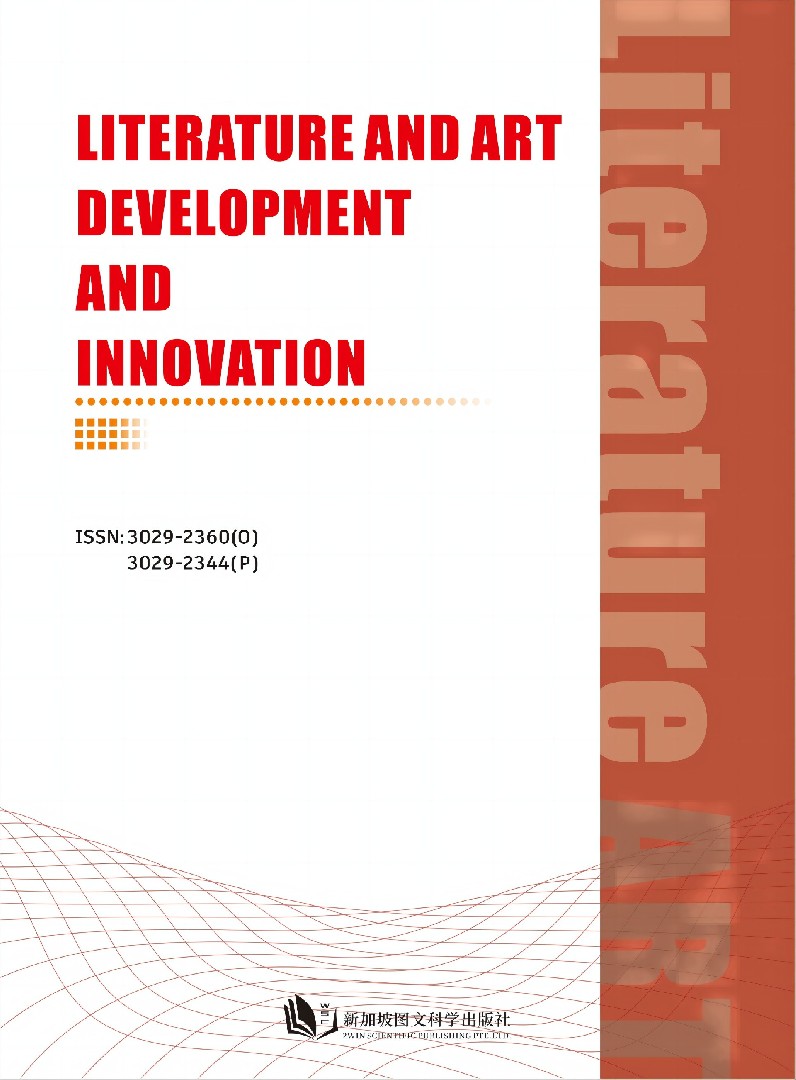作者
Ruina Zhang
文章摘要
Qi Baishi's landscape paintings broke away from the schema and aesthetic traditions of Chinese classical literati landscape art, demonstrating distinct symbolic characteristics. This paper conducts an in-depth study focusing specifically on the pine tree motif in Qi Baishi's paintings. Through research, it reveals that the symbolic elements in Qi Baishi's landscapes may originate from folk art, literati painting traditions, personal experiences, or real-life observations. These pine tree symbols carry both the conventionally recognized public meanings and new personalized connotations specially endowed by the artist. Employing methodologies of iconographic analysis, comparative research, and documentary investigation, this study uses the pine tree symbol as a microcosmic window to explore the compositional secrets underlying the symbolic elements in Qi Baishi's artistic architecture.
文章关键词
landscape painting; Qi Baishi; symbolization; Pine tree
参考文献
[1] FromAnalects·Zihan(Chapter IX ofThe Analects).
[2] Rudolf Arnheim and Meng Peixin,Art and Visual Perception,Hunan Fine Arts Publishing House,2008,p.106.
[3] Qi Huang(as told by),Zhang Cixi(recorded by),The Autobiography of the Old Man Baishi,People’s Fine Arts Publishing House,1962,p.8.
[4] LüPintian,The Concept of Chinese Folk Art,Hunan Fine Arts Publishing House,2007,p.20.
Full Text:
DOI
